Up until four years ago, Monet’s Pond, a small body of water just outside Seki City, in Japan’s Gifu Prefecture, didn’t even have a name, but thanks to social media and a catchy nickname, it has become one of the most popular tourist destination in the Land of the Rising Sun.
Before it became known as Monet’s Pond, this hidden gem was called
Namonaki, or “Nameless Pond”, and what’s even more interesting is that it was never meant to be a tourist attraction. It was originally designed as an irrigation reservoir, but after it fell into disrepair during the 1990s, the owner of the neighboring Itadori Flower Park took it upon himself to clear the overgrown weeds and clean it up. With the help of the neighborhood council, the man filled the lake with clean water from Mt. Koga, and planted beautiful water lilies. Later, Japanese carp were donated by local owners who could no longer care for them. But it would take over a decade and a half for this pristine body of water to reach its full potential as a tourist attraction.
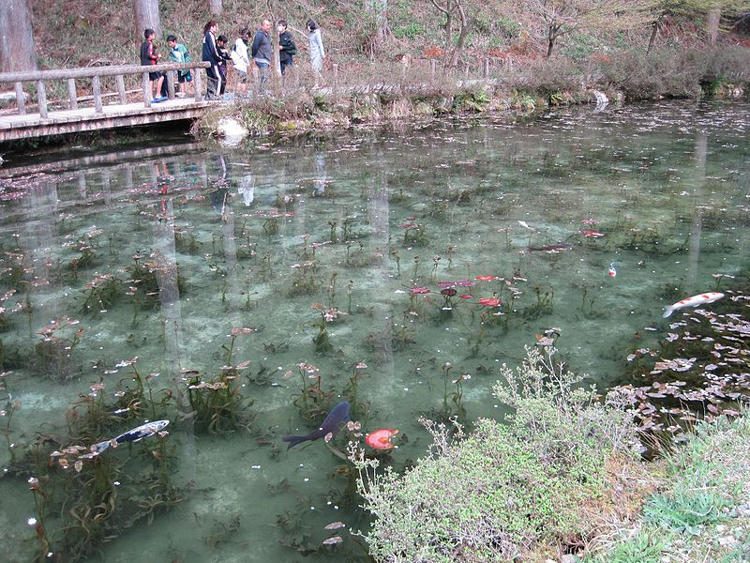 Read More »
Read More » Read More »
Read More » Read More »
Read More »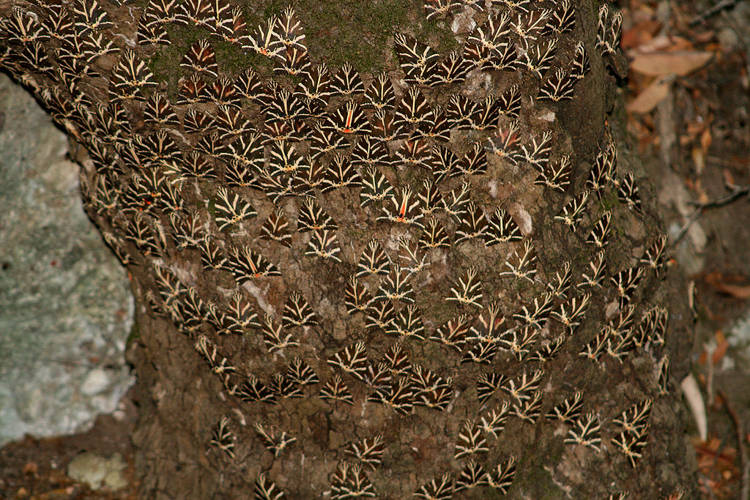 Read More »
Read More »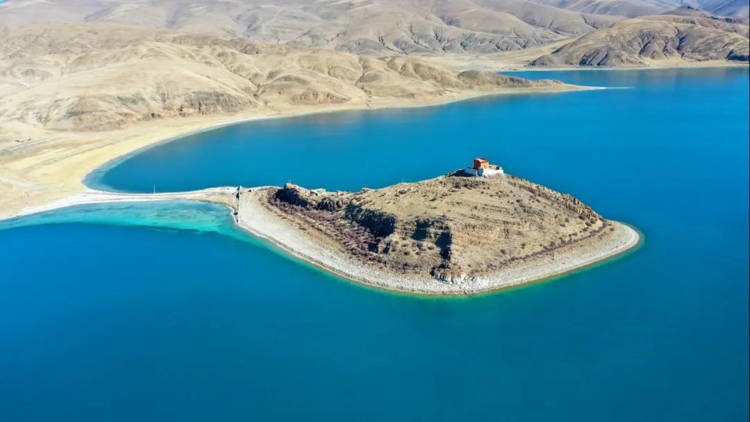 Read More »
Read More »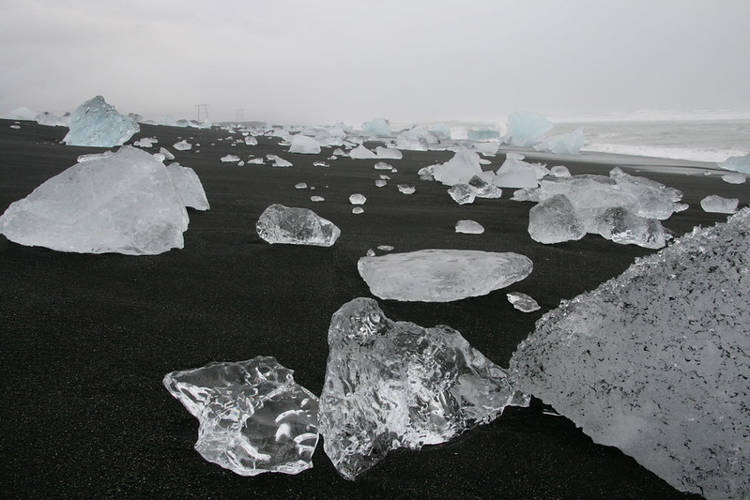 Read More »
Read More »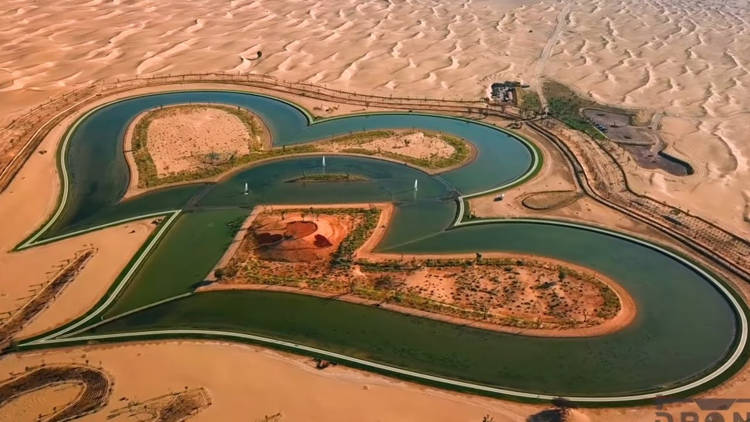 Read More »
Read More »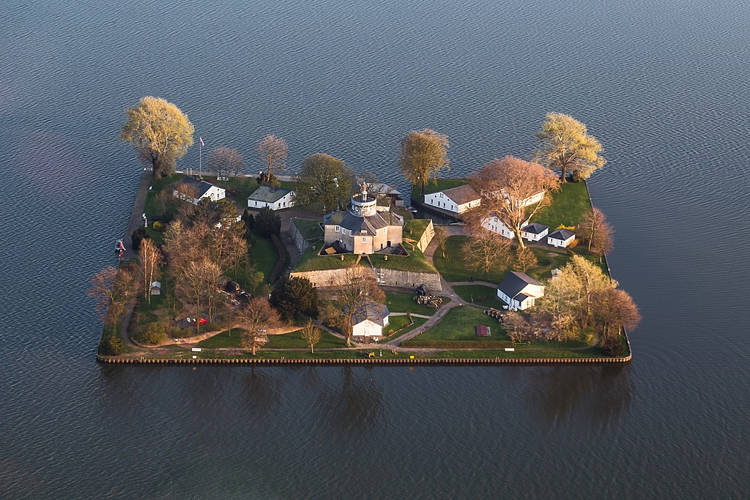 Read More »
Read More »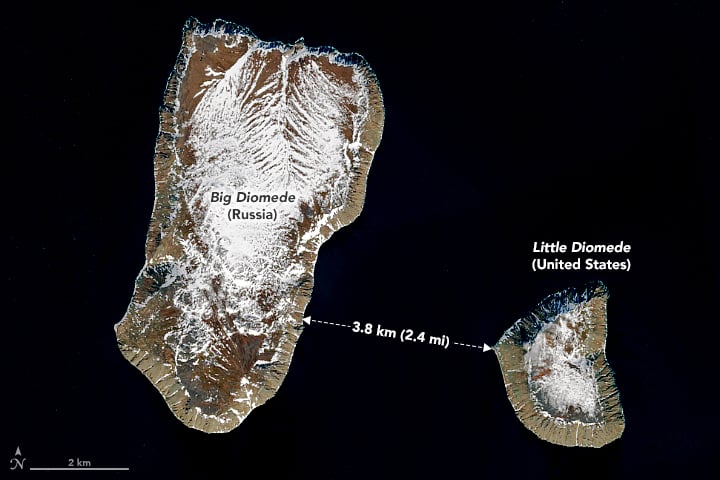 Read More »
Read More »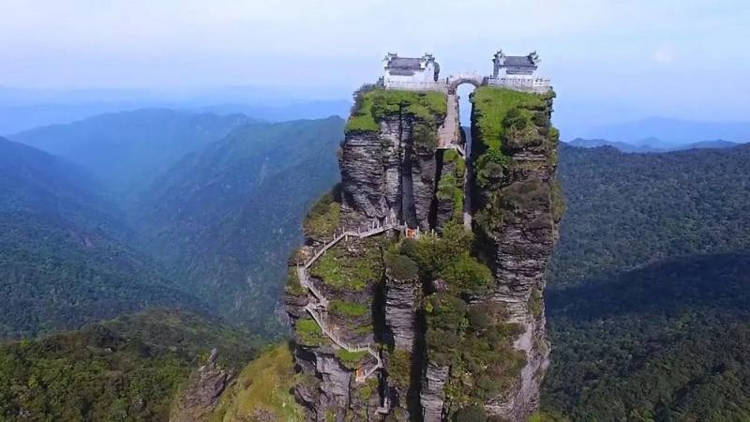 Read More »
Read More »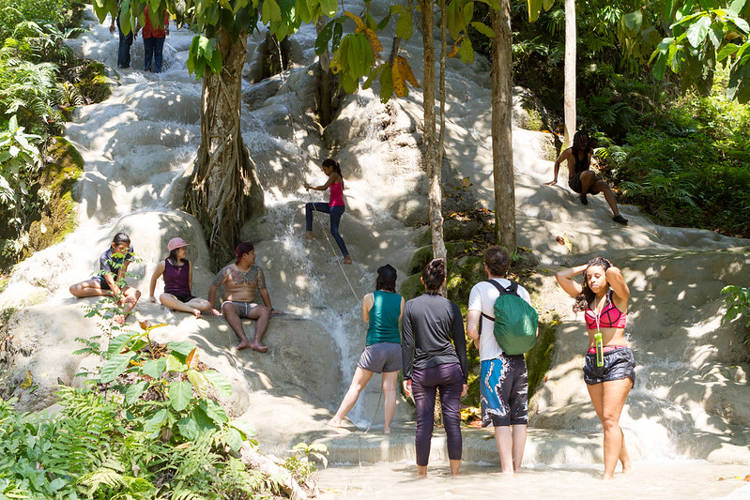 Read More »
Read More »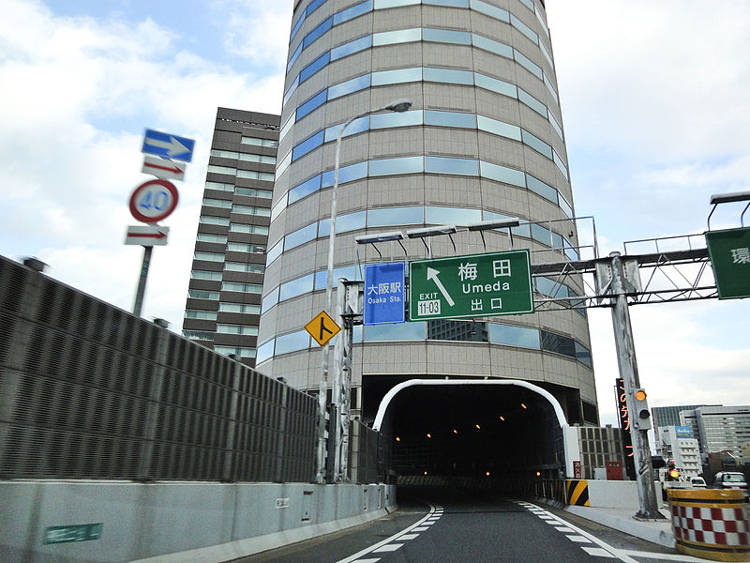 Read More »
Read More »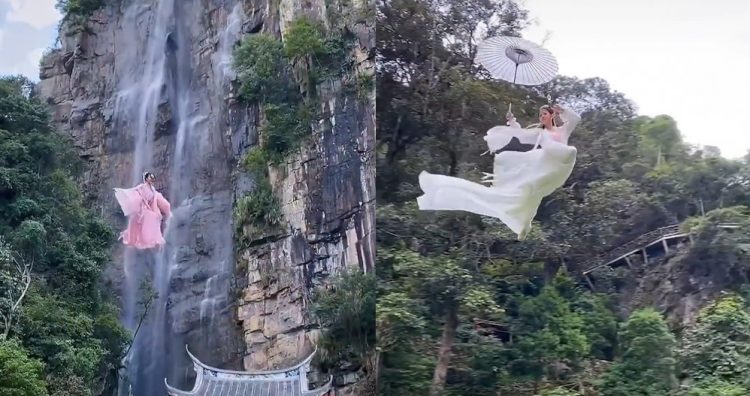 Read More »
Read More »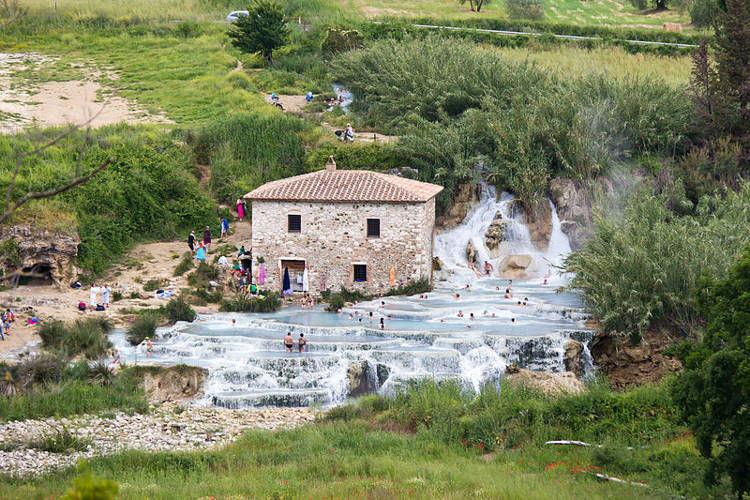 Read More »
Read More »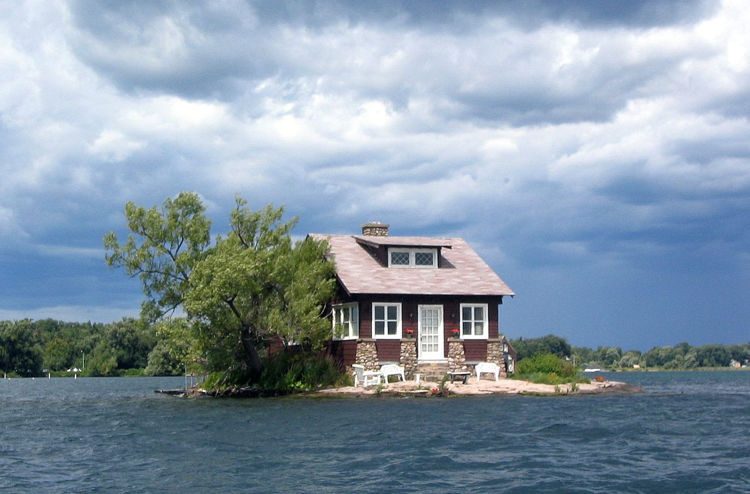 Read More »
Read More »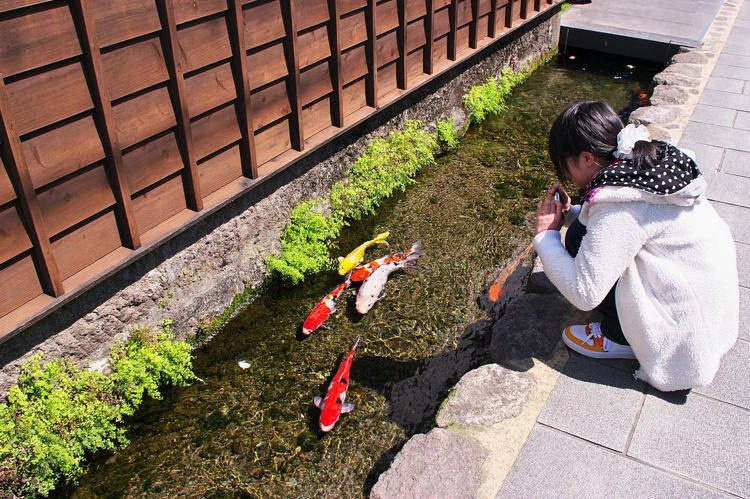 Read More »
Read More » Read More »
Read More »